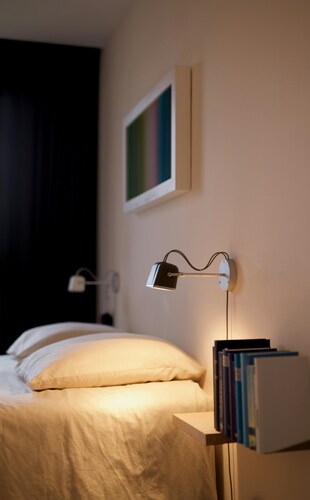Innovative climate control solutions are key in an era where comfort and sustainability go hand in hand. Among these, reverse cycle ducted aircon systems offer a blend of efficiency, convenience, and adaptability. This article explores the multifaceted advantages of these systems, underscoring their role in modern living and working environments.
The Core Technology:
Central to these systems is a versatile mechanism that switches between heating and cooling, ensuring comfort regardless of the season. This adaptability is crucial for maintaining consistent indoor environments.
Maximising Energy Efficiency:
One of the most compelling features is their energy efficiency. These systems consume more nominal power compared to traditional heating and cooling methods, resulting in lower energy bills and a reduced carbon footprint.
Year-Round Comfort:
The ability to provide consistent temperature control throughout the year is a significant advantage. This feature is particularly advantageous in regions with extreme weather variations.
Customised Temperature Control:
With zoning capabilities, it’s possible to set different temperatures in various sections of a space. This customisation ensures that every room meets the specific comfort needs of its occupants.
Quiet and Unobtrusive:
Modern systems operate quietly, a crucial consideration in residential and professional settings. This silent operation ensures that comfort does not disrupt peace and tranquillity.
Improved Air Quality:
These systems often include advanced filtration, enhancing indoor air quality. This is particularly crucial for people with allergies or respiratory conditions.
Ease of Operation:
User-friendly interfaces make managing these systems straightforward. Adjusting settings is intuitive and hassle-free, whether through wall-mounted controllers or smartphone apps.
Durability and Reliability:
Designed for longevity, these systems are a long-term investment. Their robust construction and advanced technology ensure they remain reliable over time.
Cost-Effectiveness:
While the initial setup cost might be higher, the long-term savings in energy bills and upkeep make these systems an economically sensible choice.
Integration with Smart Home Systems:
Many modern systems seamlessly integrate with smart home technology. This integration allows for automated adjustments based on preset preferences or external factors like weather conditions.
Minimal Aesthetic Impact:
The ducted nature of these systems means that the bulk of the hardware is hidden, preserving the aesthetic of the space. Only the vents are visible, and these can be designed to complement the interior decor.
Professional Installation and Maintenance:
Proper installation and regular maintenance are essential for optimal performance. Professional installation guarantees that the system is correctly sized and fitted, while regular maintenance keeps it running efficiently.
Tailoring to Different Spaces:
These systems are versatile enough to be tailored to various spaces, from small apartments to large commercial buildings. This flexibility makes them a suitable choice for diverse applications.
Eco-Friendly Heating and Cooling:
The environmental impact of these systems is significantly lower than traditional methods. By reducing energy consumption, they play a part in mitigating climate change.
Enhancing Property Value:
Installing such a system can increase the value of a property. It’s an attractive element for potential buyers or renters looking for modern amenities.
Conclusion: A Step Towards Smarter Living:
The reverse cycle ducted aircon systems represent more than just a means to control temperature; they are a step towards smarter, more sustainable living. By offering a combination of comfort, efficiency, and flexibility, they meet the demands of modern lifestyles while contributing to environmental conservation. In the quest for advanced climate solutions for modern spaces, these systems are a testament to human ingenuity and a commitment to better living standards.




